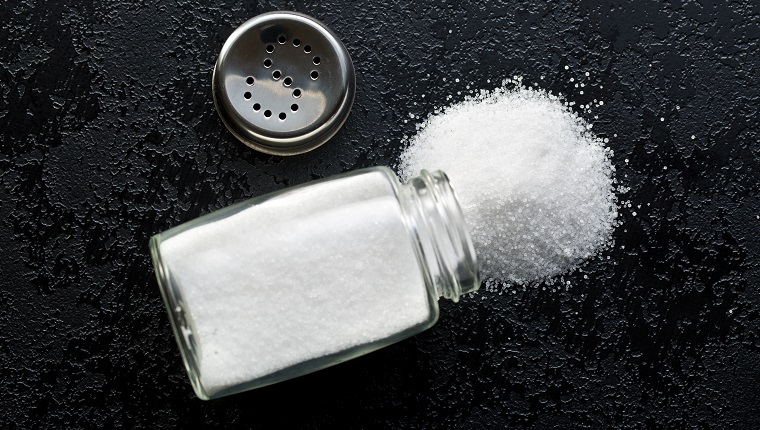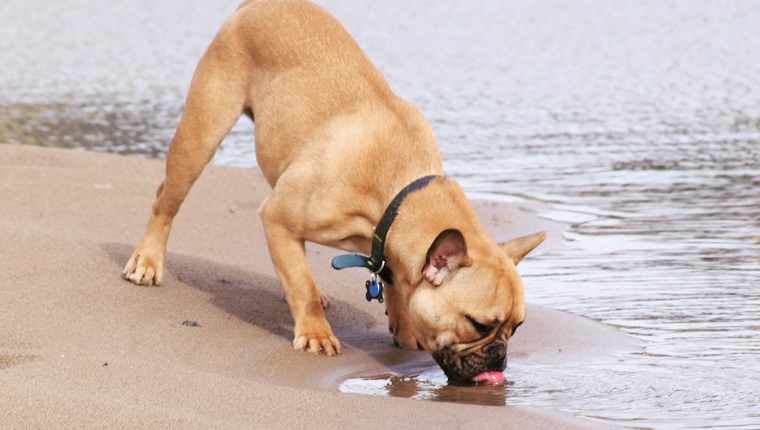Salt poisoning in dogs, also referred to as hypernatremia, is a condition that happens when a dog ingests too much sodium or suffers from dehydration.
It can bring on a very wide range of symptoms depending on how much sodium has been consumed. In extreme cases, it can prove to be fatal if not treated quickly enough.
If you see the signs that your dog has consumed too much salt or is suffering from poisoning, then you must get to a veterinarian for a proper diagnosis and advice. Here’s what you should know about the symptoms, causes, and treatments for salt poisoning in dogs.
Symptoms Of Salt Poisoning In Dogs
Salt poisoning in dogs can bring on a significant range of symptoms, depending on both how much sodium is present in the bloodstream and the size of the canine.
Some of the most common symptoms include:
- Drinking significantly more water than usual
- Diarrhea
- Vomiting
- Acting lethargic
- Seeming to be disoriented
- Loss of appetite
- Seizures
Causes Of Salt Poisoning In Dogs

The cause of salt poisoning in dogs is most often either consuming too much sodium or suffering from dehydration.
Some of the most common ways that a dog might consume too much sodium include ingesting:
- High sodium human foods, especially soy sauce and table salt
- Frozen water
- Play dough
- Rock salt or de-icers
- Ocean or salt water
- Paintballs
Additionally, certain underlying medical conditions, including diabetes and kidney disease, can increase the chances of a dog suffering from poisoning due to salt.
Veterinary Treatments
If you worry that your dog is suffering from salt poisoning, your veterinarian will want to carry out a full physical examination. This will include comprehensive blood and urine tests.
Your vet will also ask about your dog’s full medical history and any recent events or circumstances that might have contributed to bringing on a case poisoning, such as consuming a food or substance that is high in sodium.
When it comes to treatment, fluid therapy is often the first step. This is so that your vet can regulate your canine’s electrolyte and sodium levels and returned them to normal. Additionally, any underlying causes or conditions that might be causing the poisoning will need to be addressed.
While your dog recovers at home, it’s best to ensure that they always have lots of fresh water available. It’s also important to avoid certain dog treats that might contain too much sodium.
Your vet can help to advise you on any specific dietary changes that might need to be taken while your dog recovers at home.
Has your dog ever suffered from salt poisoning? How did your vet help your dog recover? Let us know in the comments section below.









